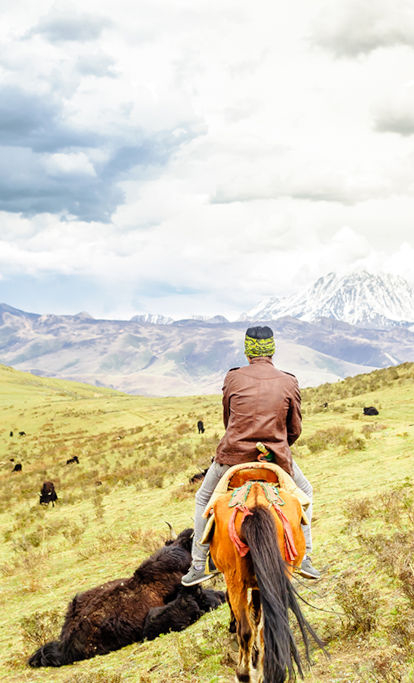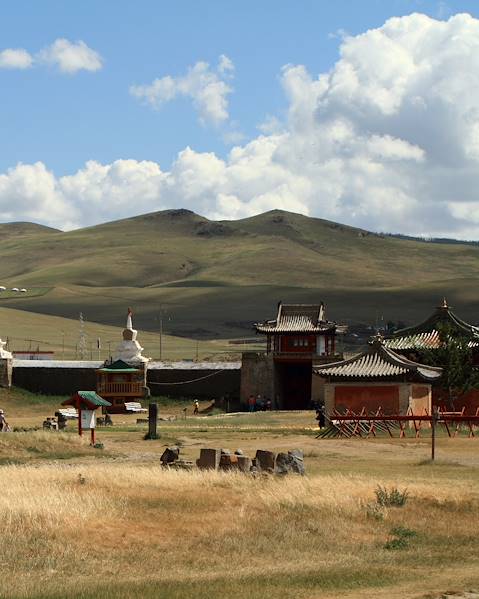Nestled between China and Russia, Mongolia is a dream destination for outdoorsy travellers, offering endless hiking routes, plenty of temples and monasteries and one of the world’s last remaining nomadic cultures. While tourism has been steadily increasing for several years now, Mongolia is yet to become a hotshot on the well-trodden Asia tourist trail. In fact, the chances are, you’ll be the first person you know venturing into this underrated country, which makes it all the more important to be aware of the things to know before travelling to Mongolia.
Safety
Mongolia is among the least crime-affected countries in Asia, which means you only need to take simple safety precautions when visiting the majority of the country. In the capital of Ulaanbaatar, pickpocketing is the main thing to be aware of, especially in crowded areas like markets and train stations. It is also important to check local weather reports, as icy snowstorms can occur with little warning even during the warmer summer months.
On the Road
Only 10% of the roads in Mongolia are tarmacked, which can make driving somewhat tricky. The majority of roads are rocky, pothole-ridden and heavily congested, so prepare for a bumpy ride. Those heading into the mountains generally experience the roughest terrains, which can be a thrilling experience, but if you’re someone who tends to experience motion sickness, make sure to pack some medication to ease nausea.
Weather and Climate
Mongolian weather is known to be extreme and unpredictable, especially in the steppe and the Gobi Desert. In both landscapes, there are few trees to provide protection from the wind, which even on a sunny day can be deceptively chilly. Make sure to pack for any and every temperature and weather condition - small items such as a balaclava, lip balm and sun cream can go a long way in making your outdoorsy adventures much more enjoyable.
Food and Drink
A variety of restaurants - both authentic and modern - can be easily found in Ulaanbaatar and other cities. A popular dish served in the cities is steamed, meat-stuffed dumplings called buuz. There is far less variety in the countryside, where the staples are meat (usually mutton served on its own), and various dairy products derived from a variety of milks. You can try salted tea with camel milk, fermented horse milk (airag) and sour yoghurt. Other popular drinks include a sea-buckthorn juice, which is created using a fruit native to West Mongolia that has vitamin C content eight times higher than a kiwi, and, for those over the age of 21, a wheat vodka and a fermented milk vodka (arkhi).
Language
There is a common misconception that after centuries of Chinese rule, Mongolians speak Chinese; however, this is incorrect - Mongolians speak Mongolian, an ancient language with a fascinating heritage. English is not widely learnt as a second language, so communication beyond hand signals or google translate can be difficult. For any special experiences, such as staying in ger (yurt) or taking part in a festival, it is important to have a translator-guide with you to really make the most of it.
Money
While you can rely on your credit card in hotels, shops and restaurants in and around the capital of Ulaanbaatar, it is essential to carry the local currency, the Tögrög (or Tugrug), on you at all times when you leave the city. ATMs are becoming more common in smaller towns, but it is best not to assume that you can easily take out money in rural areas. Tipping is not particularly common, but if you feel you want to leave a little extra, 10% is perfectly acceptable.














